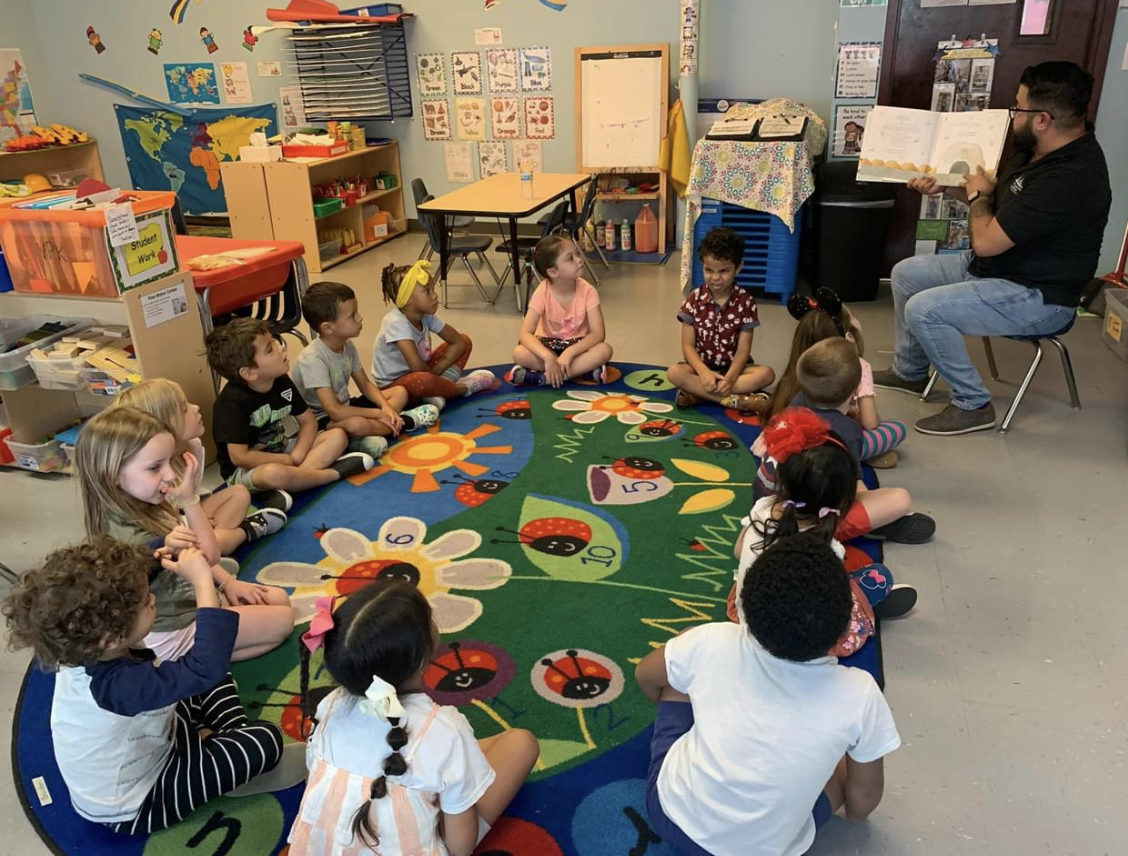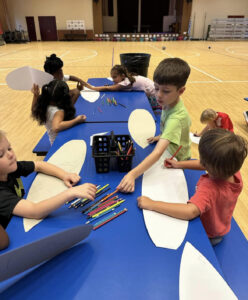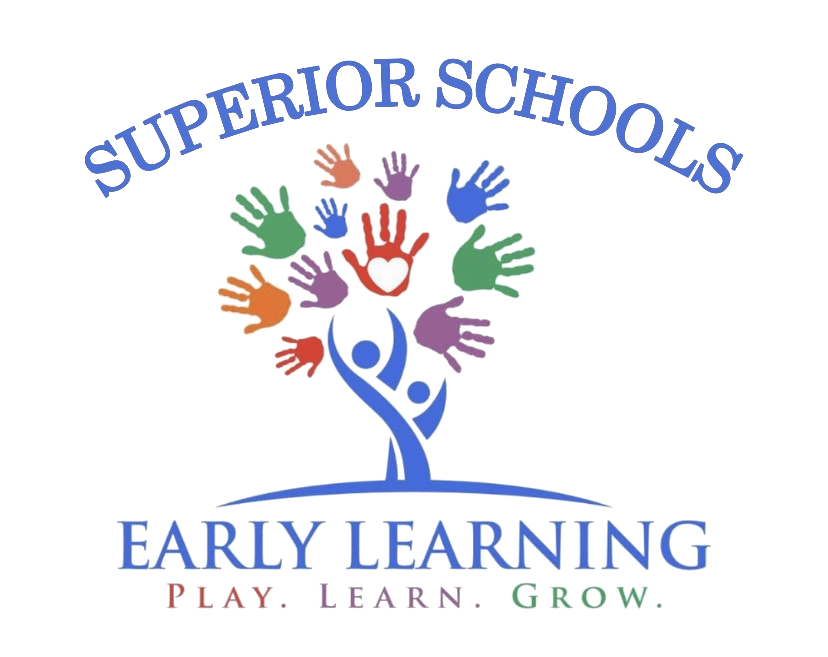
Made in a pinch!
For those summer days, when it may be raining, or you can’t think of something fun to do for your children; here are some MUST try activities for your preschooler!
- Ocean sensory bin Simple Under The Sea Ocean Sensory Bin For Kids – Made In A Pinch
- Earth STEM activity Easy Earth Day Science Experiment (STEM Activity) – Made In A Pinch
- Fork flower painting Fork Flower Painting For Kids – Made In A Pinch
- Melted crayon molds How To Melt Crayons Into New Shapes – Made In A Pinch
- Taste safe slime Taste-Safe Chia Seed Slime – The Craft-at-Home Family (thecraftathomefamily.com)
- Monster googly eye sensory bag Monster Googly Eye Sensory Bag (with Free Template!) – The Craft-at-Home Family (thecraftathomefamily.com)
- Kool-Aid watercolor paint DIY Kool-Aid Watercolour Paint – The Craft-at-Home Family (thecraftathomefamily.com)
To find more activities to keep your preschooler entertained and happy all summer long, checkout this website for an abundance of activities, crafts, recipes, pintables, experiments, STEM and sensory activities!
15 Best Preschool Blogs for Teachers & Parents (simplyfullofdelight.com)


Good post. I learn something totally new and challenging on websites I stumbleupon every day. Its always exciting to read articles from other writers and practice a little something from other sites.